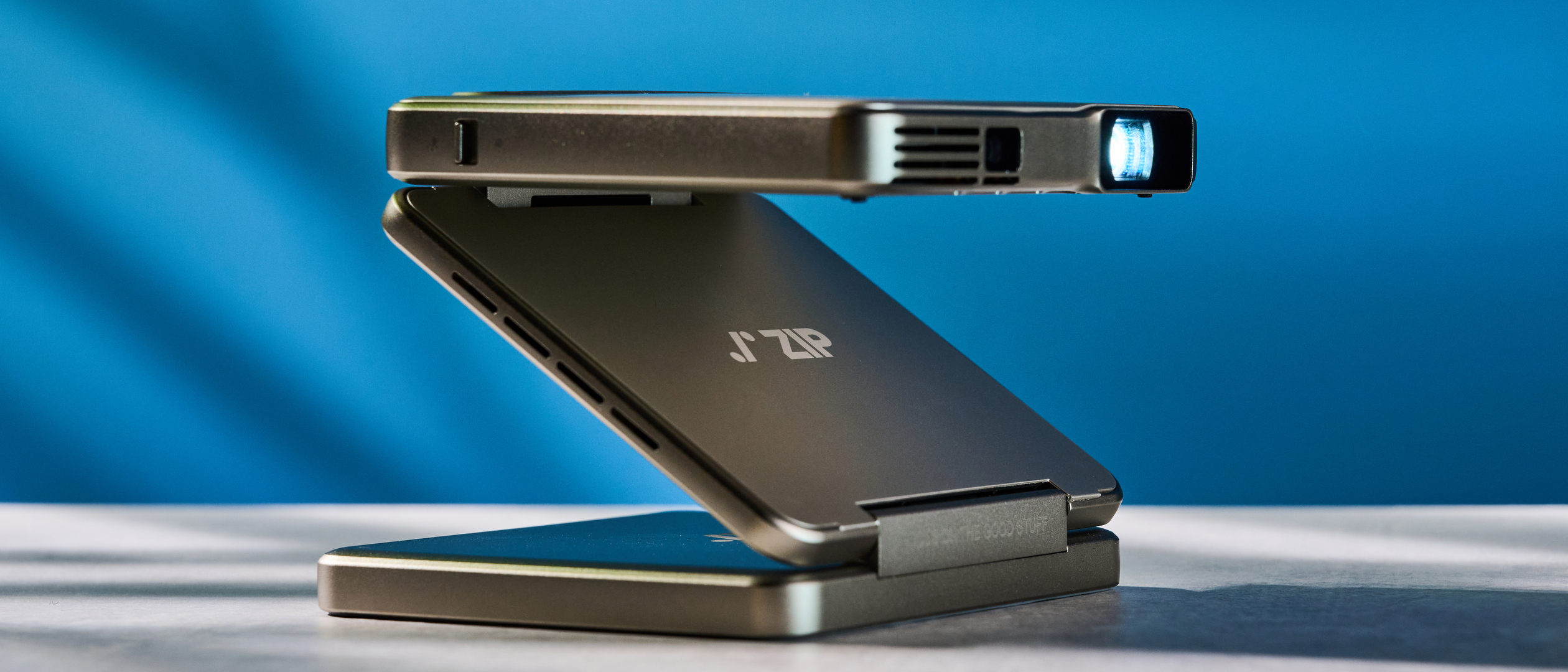Galaxy A51 is tragic proof that Samsung can't beat the iPhone SE
The Galaxy A51 may look good on paper, but it misses what sets the iPhone SE and Pixel 3a apart
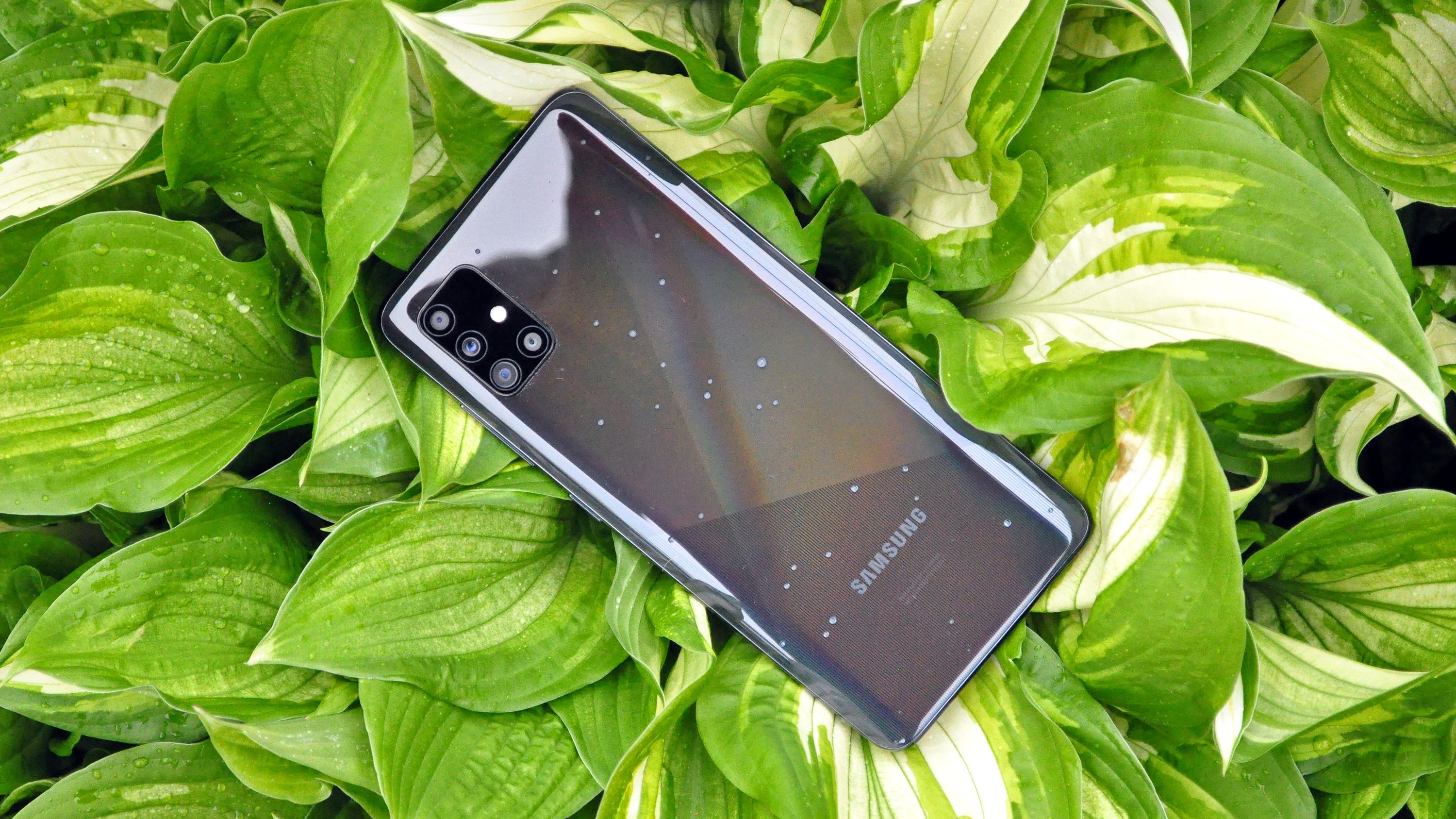
The Samsung Galaxy A51 might not be quite as well-rounded as the iPhone SE 2020 or the Google Pixel 3a, but one thing’s for certain — it knows how to make a positive first impression.
It happens the moment you turn the Galaxy A51 on, and see that expansive 6.5-inch AMOLED panel push all the way out to the corners, interrupted by nothing except a tiny aperture for the front-facing camera.
- Check out our Samsung Galaxy A51 review
- Nintendo Switch shortages could spoil the holiday season
- Plus: Galaxy A51 vs. iPhone SE
The Galaxy A51’s design can’t help but read like a statement of intent from Samsung; a company best known for its Galaxy S flagships after neglecting to take budget handsets seriously for many years. It’s hard to believe it wasn't long ago that the tech giant was trying to entice shoppers with uninspired propositions like the Galaxy J7 Prime — a forgettable device that you’d assume no thought was put into, as if it was churned out to meet a cost bracket and nothing else.
Samsung, one of the biggest players in the industry, should be able to do better — and better it did, beginning with last year’s Galaxy A50. The A51 is an evolution of that renewed focus on low- and mid-tier phones, and, at a price of $399, the A51’s a competent addition to the crowded segment. Like the Galaxy A50, this new phone will probably be a runaway success.
There’s just one problem. The Galaxy A51 may be one of the best cheap phones, but it isn’t built to be the best. It’s built to be attractive.
Quantity over quality
The Galaxy A51 is a product of numbers. There’s the 6.5-inch OLED screen I already mentioned; a whopping four camera lenses on the back, one of which can capture 48-megapixel shots; a beefy 4,000-mAh battery; and a generous 128GB of storage built in.
On paper, it all sounds impressive. However, when you begin to investigate how those numbers actually contribute to the overall package, they just seem indulgent.
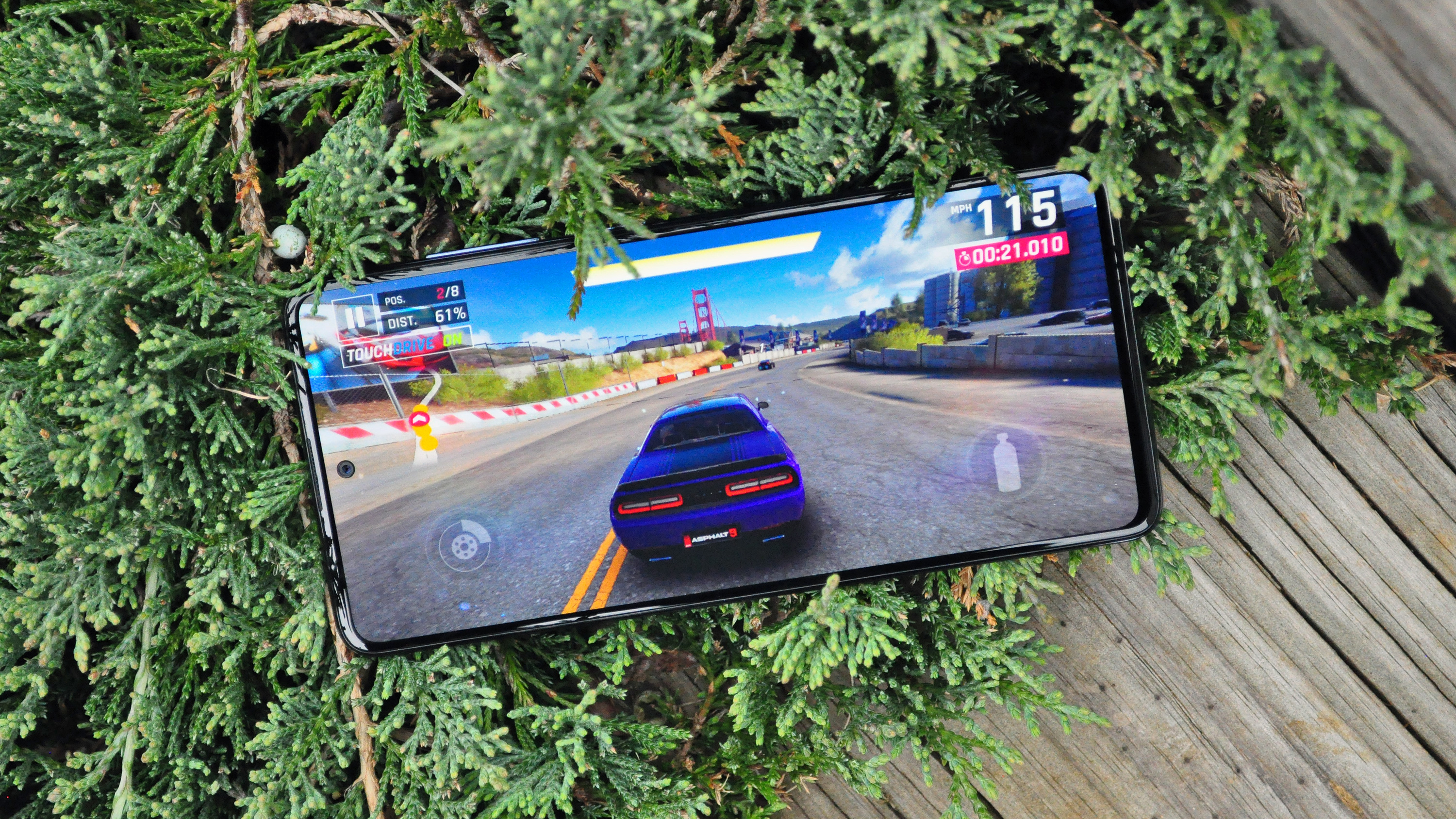
That 4,000-mAh battery should deliver exceptional longevity, but it only turned in 9 hours and 16 minutes of LTE web surfing in Tom’s Guide’s custom battery test. That’s within minutes of the iPhone SE 2020, which has a comically-small 1,821-mAh battery less than half as large as the power pack in the Galaxy A51. So what, exactly, does all that extra juice buy you?
I’m similarly ambivalent about the A51’s storage. Having all that capacity available to you up front is nice, sure. But it matters less on an Android phone, where you usually can just slot in a microSD card whenever you’re feeling cramped for space.
But the Galaxy A51’s most egregious oversight has to be that quad-lens camera. It perfectly encapsulates Samsung’s flawed philosophy that keeps this phone from being as good as the iPhone SE and Pixel 3a.
As far as I’m concerned, modern phones don’t really need more than three cameras: a primary wide-angle shooter; an ultrawide one for landscapes and other visually-sprawling scenes; and a telephoto for dramatic, bokeh-style portraits. The telephoto tends to be the first one to go in more economical phones, so for the sake of the field the Galaxy A51 plays in, let’s say a maximum of two is all that’s necessary.

Well, you get double that with the A51. There’s the wide-angle and the ultrawide, but there’s also a depth sensor, which helps the phone simulate wide-aperture bokeh to mediocre effect; as well as a macro lens, which is the most surprising and — let’s be honest — least useful optic of all.
Nobody wants to take pictures with a bad camera — whether you’ve got four lenses or one — and you’re probably going to shoot less often if your camera isn’t good enough. Therein lies the rub with the Galaxy A51.
The iPhone SE and Pixel 3a both tout single-lens cameras, backed by sensors similar to the ones that underpin those companies’ more premium handsets. They’re not flashy; both are only rated at 12 MP, and in Apple’s case, you don’t even get Night Mode for your troubles. And yet, given the choice between those phones — which also cost $399 — and this Galaxy, I would select Samsung’s rivals every time.
The emphasis on a quantity of optics and high megapixel counts versus independent camera quality is perhaps the greatest falsehood phone makers continually thrust upon consumers, and the A51 is a shining example of that. It also got me wondering — what would it have cost Samsung to equip the A51 with one or two good lenses and sensors instead of several middling ones?
Then again, that’s sort of an irrelevant question. When you’re dealing in buzzwords, four lenses for $399 simply sounds impressive, and grabs a shopper’s attention. The fact that the A51 produces extremely noisy low-light shots or has trouble focusing won’t matter when Samsung sells a boatload of these phones, which they probably will.
What we’d like to see in a cheap phone
I stress that the criticism here comes from a place of concern and disappointment. I wanted to love the A51 — I even prefer its design to the Galaxy S20’s — but between those aforementioned camera woes and the phone’s inconsistent performance, it’s tough to look past the flaws.
If Samsung wants to move a lot of these phones, I suspect the company has done everything it should have. But if it wants to make a better phone for $399, it’s going to need to look to the competition for a bit of inspiration — both positive and negative.
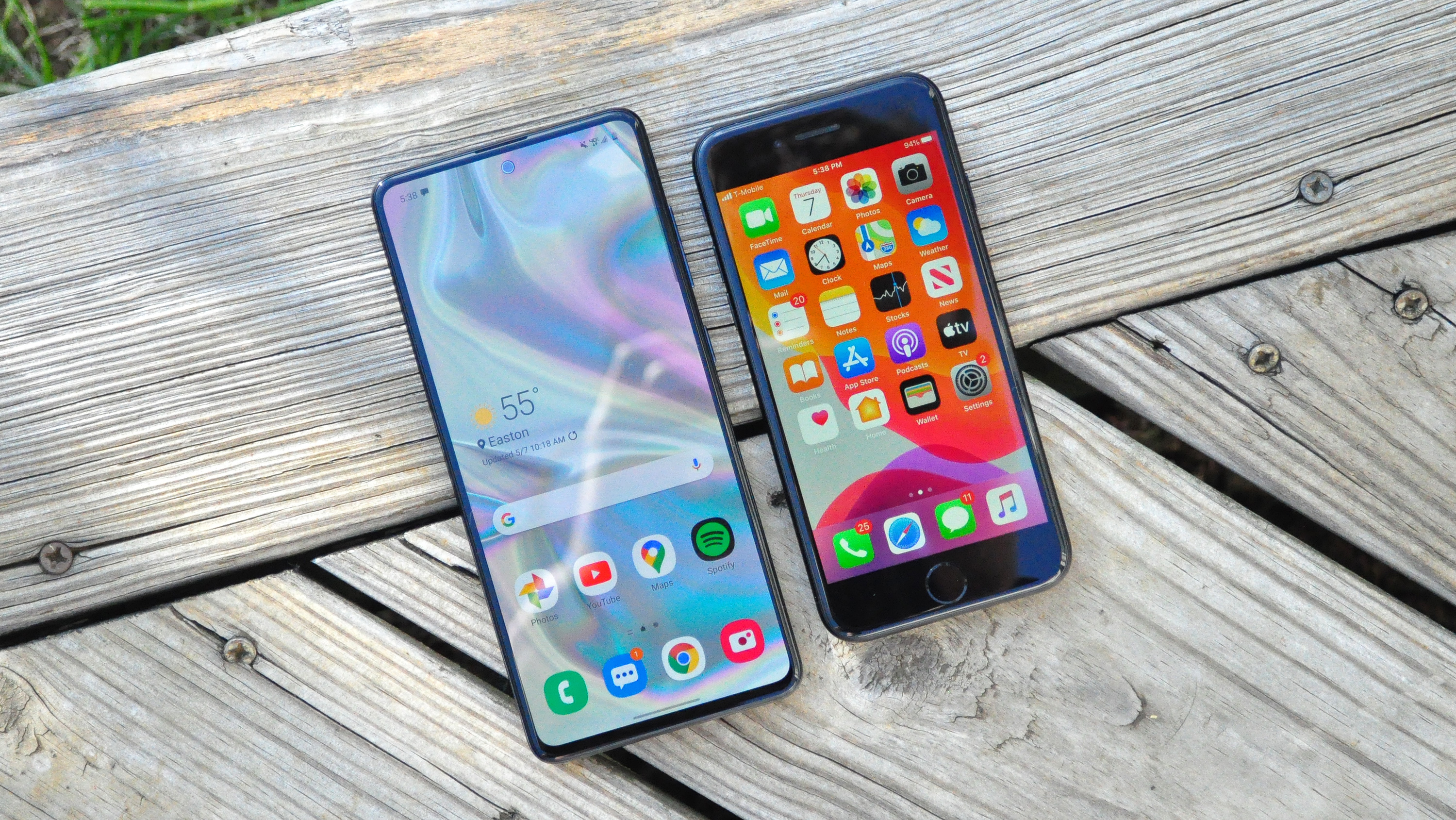
While the iPhone SE is a steal for the level of power it offers, it’s far from a flawless device. Most people today want a screen that’s larger than 4.7 inches and a design penned within the last five years, plus its battery is truly paltry. However, the SE’s camera is worlds better than those you typically find in phones at this price, and again, the A13 Bionic’s flagship-caliber performance makes the cheapest iPhone a tough offer to refuse.
For next year’s Galaxy A52, fewer-but-better sensors, loaded with some of the machine learning tricks that make Samsung’s premium mobile cameras so much better, could be a start to chipping away at Apple and Google’s imaging advantage.
Turning to performance, it’d be unreasonable to expect Samsung to offer a phone with a high-end chipset at such a low price; it’s simply something the company has never exhibited an interest in doing — not to mention such a move would totally pull the rug out from underneath the three-times more expensive Galaxy S20 line. However, the Galaxy A51 deserves a better CPU than the sluggish Exynos 9611, which routinely lagged when asked to open apps and delivered stuttering animations across the phone’s One UI interface during our testing.
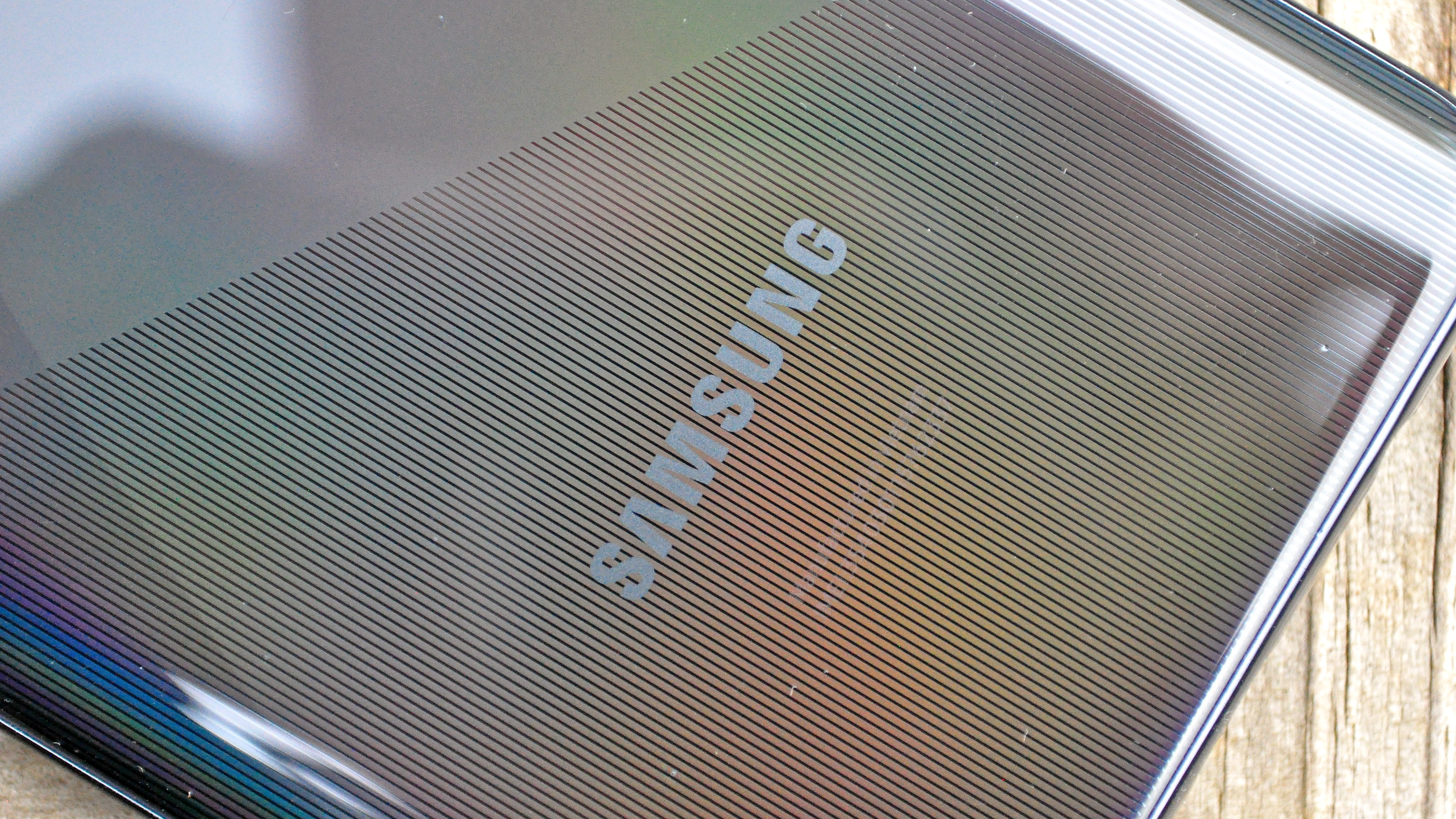
It’s unclear whether the A51’s performance deficiencies have more to do with inadequate optimization rather than particular flaws of the silicon itself. Regardless, Google was able to extract a great user experience and far better efficiency out of the Snapdragon 670 in last year’s Pixel 3a. Whether Samsung needs to bequeath a faster Exynos chip to its $400 offering, or turn to Qualcomm as the company does for its North American flagships, the Galaxy A51’s successor needs to run better than this at any cost.
Outlook
Even with the Galaxy A51’s shortcomings, Samsung’s latest midrange phone gives us a lot to look forward to. It’s refreshing to see the world’s biggest phone maker try to deliver products within reach for those who have less to spend — especially considering the financial predicaments so many people are facing the world over.
If you’re looking to spend $400 on a phone and you want the biggest, most vibrant display possible and are willing to concede the best possible performance to get it, the Galaxy A51 is a respectable choice. I wouldn’t turn it down if you can find it at a good discount.
Nevertheless, if Samsung truly wants to produce the best cheap phones — and not just the best-selling ones — it’s going to have to reconsider its philosophy, and stop playing the numbers game. It will have to stop manufacturing devices that look good for the money, and throw its weight behind devices that actually are.
Sign up to get the BEST of Tom's Guide direct to your inbox.
Get instant access to breaking news, the hottest reviews, great deals and helpful tips.
Adam Ismail is a staff writer at Jalopnik and previously worked on Tom's Guide covering smartphones, car tech and gaming. His love for all things mobile began with the original Motorola Droid; since then he’s owned a variety of Android and iOS-powered handsets, refusing to stay loyal to one platform. His work has also appeared on Digital Trends and GTPlanet. When he’s not fiddling with the latest devices, he’s at an indie pop show, recording a podcast or playing Sega Dreamcast.
-
Scott Sharp The A51 is not the competitor to the new iPhone SE so such a comparison doesn't make much sense.Reply
The appeal of the new iPhone SE is the small size and low price, so you need to compare apples to apples. The Samsung Galaxy S10e is the closest competitor to the Apple iPhone SE in terms of physical size and street price.
Compare the 128GB iPhone SE to the 128GB Galaxy S10E. The S10E has a street price about 20% less than the iPhone SE 128GB, even though the MSRP of the S10E is much higher. The iPhone SE is a little smaller; in height x width the iPhone SE is about 6% smaller than the S10E (though the iPhone SE is also 0.6mm thinner and weighs 2 grams less.
The S10E has many advantages over the SE including a bezel-less design with a high screen to body ratio, much larger screen, AMOLED versus LCD screen, higher resolution display, 3.5mm headphone jack, better waterproofing, MicroSD card slot, FM radio, USB-OTG support, more RAM, more cameras, higher-resolution cameras, 4x4 MIMO antenna, Magnetic Secure Technology (MST), much greater battery caoacity, and the Qualcomm X24 Cat. 20 LTE modem (versus the inferior Intel XMM7660 Cat. 19 modem in the iPhone SE).
One advantage of the iPhone SE is the dual-SIM (eSIM+Physical SIM) capability, which you don't get on any Samsung unlocked phone for the U.S. market. Processor-wise, neither would have any lag; the Apple A13 Bionic is very slightly slower than the Qualcomm Snapdragon 855 on the Geekbench Multi-Core benchmarks but much faster on Geekbench Single-Core benchmarks.
I emphasize "street price" because Samsung is aggressively promoting the S10E with large price breaks off MSRP. You can get a $250 trade in using an iPhone 6s and you can buy a new iPhone 6s for $100 to use as a trade-in! A used iPhone 6s in working condition is even less. Bottom line is that you can get the unlocked 128GB Galaxy S10E for under $400 with all the discounts.
I have a short check list for phones that I purchase these days and the S10E meets most all the criteria while the iPhone SE meets few of them:
\2714 x Micro SD Card Slot
\2714 x 3.5mm headphone jack
\2714 x FM Radio
\2714\2714 NFC
\2714 x 1920x1080 minimum resolution
\2714\2714 128GB minimum ROM
\2714 x 4 GB minimum RAM
\2714\2714 Fast charging
\2714\2714 Fingerprint sensor
\2714\2714 Wireless charging
\2714 x 5.8" or larger screen
\2714 x Magnetic Secure Technology (MST)
\2714 x Cat. 20 modem
What really interests me from Apple is the iPhone 12, if as recently revealed, they will have a model with a smaller physical size than the iPhone SE but with a bezel-less screen that is AMOLED, larger, and higher resolution. It will also have a Qualcomm X25 5G modem with 4x4 MIMO. It'll be a lot more expensive than the iPhone SE but that's okay. I'm done with low-end phones like the iPhone SE and I'll happily pay extra for a more capable phone with a higher-resolution, larger screen and better reception.
Covid-19 has also affected my phone preferences. I won't buy a new phone with only Face ID because when wearing a mask or face-covering it doesn't work. MST is desirable because so many places don't accept Apple Pay or Google Pay (Home Depot, Walmart, Lowe's, my HMO, and many smaller stores) but nearly every business takes Samsung Pay. -
johnnystorm Hmm, I replied tonthis yesterday but my comment has vanished, same kinda view as above really.Reply
In the UK the iPhone SE is £419 (almost no discounts anywhere). The A71 is £419 and A51 £319 at full price before the same sort of generous discounts mentioned by the OP. I bought my A71 with £70 cashback and £100 trade in for a worthless iPhone 4s! The A51 would have had £50 cashback and the £100 trade in.
iPhone with its ancient form factor for £419 vs either samsung at their 'real' price shows Samsung are getting it so right. Especially as we see that the iPhone chip is underclocked so not offering all the touted performance. -
10basetom As long as it continues to be best-selling, Sammy doesn't need to change a thing. It's all about the bottom line.Reply
